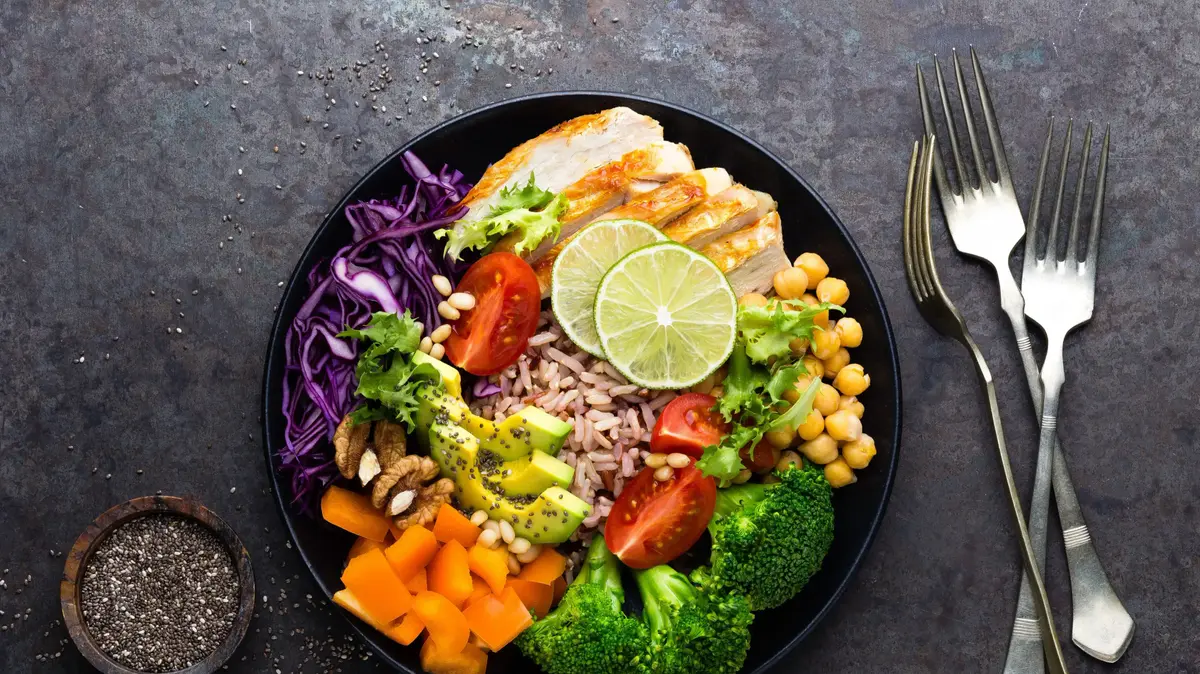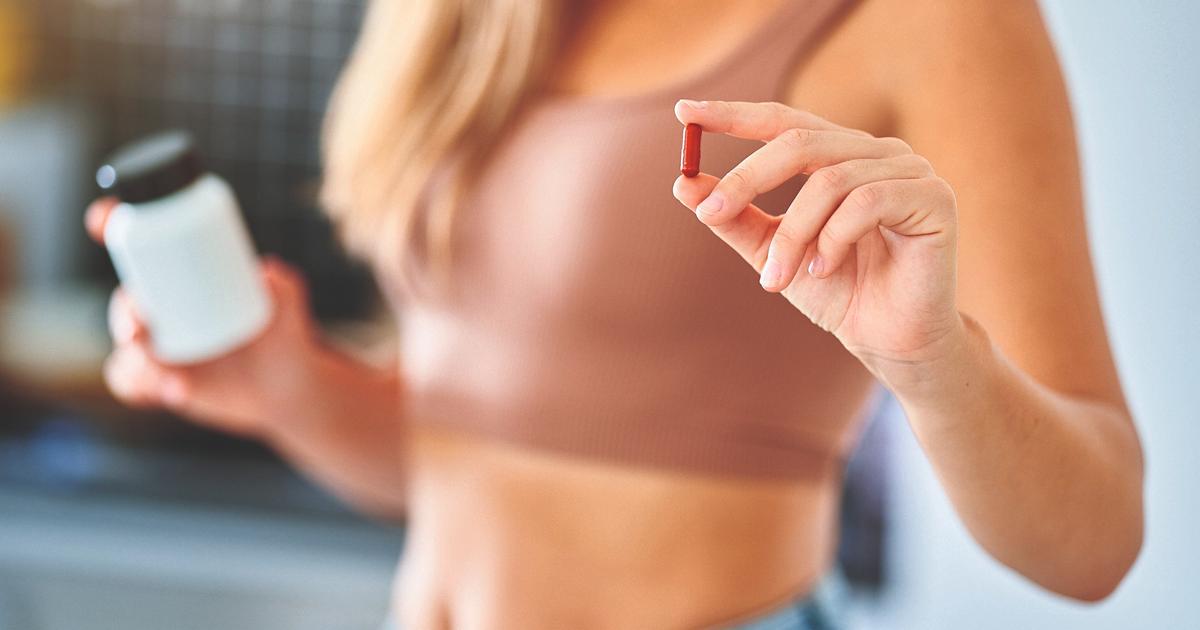This is the right way to eat chia seeds
Chia seeds have been everywhere lately, so we decided to check what their health benefits are, what you need to know before putting them on the menu, how to do it, and also - how much is it too much?
Here are all the answers
Gil Avidor-Aloni
22/12/2021
Wednesday, 22 December 2021, 07:33 Updated: 07:49
Share on Facebook
Share on WhatsApp
Share on Twitter
Share on Email
Share on general
Comments
Comments
In home-made recipes, energy bars, and on the shelves of every supermarket - chia seeds seem to be everywhere lately.
So what's the point of these seeds?
What are their health benefits?
What do you need to know before putting them on the menu, and how do you do it?
Here are all the answers.
More on Walla!
Not to be missed: 5 healthy seeds that you should add to your diet
To the full article
It turns out that these tiny seeds, which originated in Central America, were a daily and major part of the diet of the Aztecs and Maya.
In the Mayan language the word chia means "strength", probably due to the great nutritional value they provide.
Rumor has it that in ancient times, warriors would eat chia in the belief that these seeds would give them superpowers in battle.
And even today, there are runners who believe that the seeds provide them an advantage in competitions.
Superpowers?
Chia seeds (Photo: ShutterStock)
The source of the seeds in the Hispanic sage plant "Salvia Hispanica".
In addition to being a source of minerals and antioxidants, chia seeds contain plant protein, and are the richest plant source of omega-3 fatty acids. In addition, chia seeds are rich in dietary fiber.
In fact, two tablespoons of chia seeds (28 grams) contains 10 grams of dietary fiber - close to 40 percent of the recommended daily intake for adults.
Adding dietary fiber to your daily diet can have many benefits such as improving satiety, contributing to heart health, balancing blood sugar levels and aiding in digestive activity.
Is there such a thing as too much?
Like any food that is new to us, many questions have arisen about the safety of use and the recommended amount to consume chia seeds.
Chia seeds are rich in fiber, and although it is an important nutrient, their increased consumption may cause discomfort and less pleasant gastrointestinal symptoms such as bloating, gas, abdominal pain and constipation, especially when not combined with a sufficient amount of fluids.
Do not forget to drink plenty of water.
Acai bowl with chia seeds (Photo: ShutterStock)
Interested in adding chia seeds to your daily diet and enjoying their full range of nutritional benefits?
Try to do this gradually alongside making sure you drink water.
For most people, this will do the job.
And what about children and pregnant women?
"Chia seeds contain fiber and the amount should be adjusted to the child according to the age and ability of the individual digestive system to cope," explains the pediatrician Tirza Shani.
"If the child suffers from constipation, from the age of eight months can be combined in a small amount of one-third to half a teaspoon. "Combine the chia with porridge, yogurt or fruit puree, a few minutes before eating. The chia seeds absorb the liquids from there and soften, and it is easier for children to eat them," Shani added.
More on Walla!
Does your stomach hurt "for no reason"?
You must read this
All the reasons to eat oatmeal - and how to do it right
The Israeli development for the treatment of the problem of thinning hair: for home use, simple and convenient - from anywhere and at any time!
Pregnant women can also enjoy all the benefits that chia has to offer - Tova Krause, a clinical dietitian for pregnancy, explains that "chia seeds are an excellent source of alpha linolenic acid, an omega-3 fatty acid from the plant, and are safe to use during pregnancy."
So after we are convinced, some things to know before you start:
black or white?
There are two types of chia seeds, black seeds and white seeds.
If you are undecided then know that there is no significant nutritional difference between the two.
To soak or not to soak?
There is no obligation to soak the chia seeds before consumption.
However - it is recommended.
Chia has an impressive adsorption ability and when soaked, it swells and a layer of gel is formed around it.
Soaking makes the chia easier to digest and the values in it more readily available.
When chia absorbs liquids it is easier to digest.
Chia pudding (Photo: ShutterStock)
If you chose not to soak the chia, be careful - it is recommended not to eat them alone dry directly from the spoon but to incorporate them in recipes (and you will immediately see how), in order to avoid the risk of suffocation that may be caused by swelling of the chia esophagus.
To grind or not to grind?
There is no need to grind the chia seeds before consumption - their nutritional benefits are also available to us in their complete form.
So what do you do with them?
1. Chia Pudding
A nutritious, satisfying breakfast and one of the most popular uses of chia.
To make the perfect chia pudding, mix in a glass two tablespoons of chia seeds with half a cup of milk of your choice, a teaspoon of vanilla extract and a teaspoon of maple (or more to taste) and mix well.
Refrigerate for at least half an hour until the texture becomes a pudding, add toppings of your choice such as seeds, nuts and fruits - and to taste.
For chocolate lovers - for chocolate-flavored pudding, add a teaspoon of cocoa powder to the mixture.
View this post on Instagram
A post shared by Gil Avidor-Aloni (@eatsgil)
2. Photogenic addition to a variety of dishes
Remember that you do not have to soak the seeds?
Try adding a teaspoon or two to yogurt, smoothie ball, oatmeal, grind them with fruit and milk of your choice for a smoothie, or sprinkle over a salad to add a crunchy texture.
3. Vegan Egg Substitute
One of the cool culinary tricks that can be done with chia seeds is to use them as an egg substitute in pastries to make them vegan (or simply egg-free).
For a "chia egg" soak one tablespoon of chia in 3 tablespoons of water and let the mixture sit on the side for about five minutes, then add the mixture instead of an egg to your favorite recipe.
4.
Add to
pastries
You can add the chia seeds to the batter of a variety of pastries such as bread, cakes, crackers and muffins.
Will fit easily into any at night.
Crackers with pumpkin seeds and chia seeds (Photo: ShutterStock)
5. Relieving constipation
If you suffer from constipation, chia seeds may be able to help.
The insoluble fiber in chia seeds absorbs fluids, increases stool volume and thus facilitates action.
how?
Soak a tablespoon of chia seeds in a glass of water, wait about 10 minutes until the seeds absorb the liquids and a layer of gel forms around them and drink to saturation.
Gil Avidor-Aloni is a food blogger and consultant in changing eating habits, holds a bachelor's degree in psychology from Tel Aviv University and is a HealthCoach certified by the Institute for Integrative Nutrition in New York.
The article does not constitute nutritional or medical advice of any kind.
Before any dietary change, it is recommended to consult a dietitian
health
Nutrition and diet
Preventive nutrition
Tags
Chia seeds
diet
Dietary fiber
healthy nutrition







